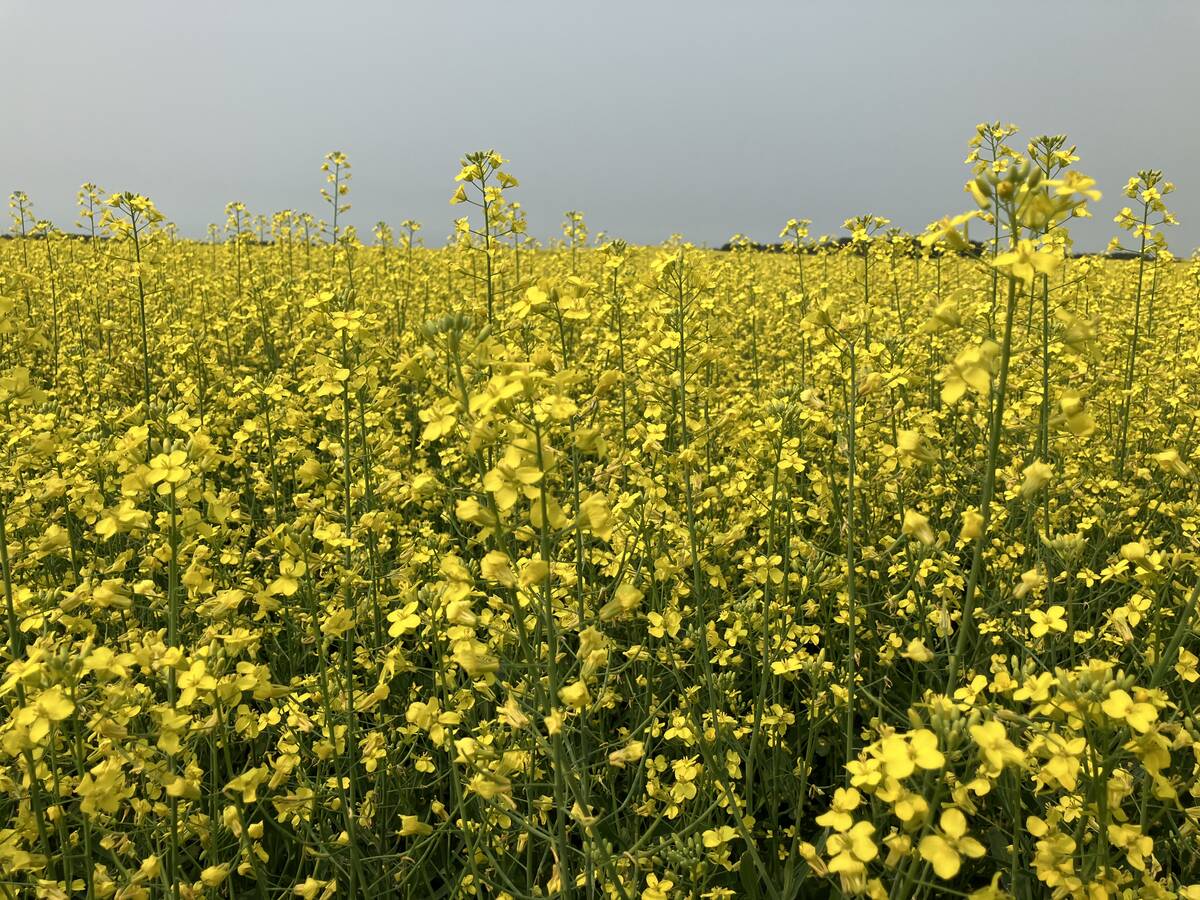With global grain stocks getting so tight, grain futures markets are on edge and any new developments contribute to the volatility.
For example, corn and soybean prices soared Aug. 26 after the United States Department of Agriculture downgraded the condition of the corn and soybean crops more than expected.
But prices came back to earth when weather forecasters predicted cooler, wetter weather later in the week.
As it turned out, the moisture helped the eastern corn belt, but was light in the dry western areas. Crop conditions there might worsen this week.
Read Also

Canola used in only quarter of Canadian biofuel
Less than one-quarter of the biodiesel and renewable diesel used in Canada in 2024 was made from canola oil feedstock
Wheat prices too have been bouncing around, with the bigger gains coming whenever some country buys U.S. wheat. Traders seem sold on the concept that world wheat supplies will be tight, but they wonder how much price is going to ration the supply.
When a country like Egypt buys a couple of shiploads, traders decide that price is not such an impediment and the market climbs higher.
Grain markets were supported last week with new European assessments that reduced crop estimates further. But there was little reaction to news that rain in Australia had increased the production outlook there.
Private forecaster Australian Wheat Forecasters now has the wheat crop at 23.56 million tonnes, compared to the official government forecast of 21.7 million, set to be updated Sept. 7.
This concern about a big Australian crop has the Canadian Wheat Board recommending that if farmers want to market some of their feed barley through the board this year, they should sign up now.
This would allow sales of the barley into the current tight market, before Australian production comes on stream.
If you have the internet you can see the impact of rain in Australia and elsewhere on maps at www.fas.usda.gov/pecad.
It is also interesting to look at the U.S. Drought Monitor at www.drought.unl.edu.
The map there shows that most of the key winter wheat states of Kansas, Nebraska and Oklahoma are in severe to extreme drought this year. By looking at the archives on the same site you can see that last year at the same time, only Nebraska and the western half of Kansas were dry.
Farmers there will be hoping hard for fall rains to get their winter wheat crops started.
















